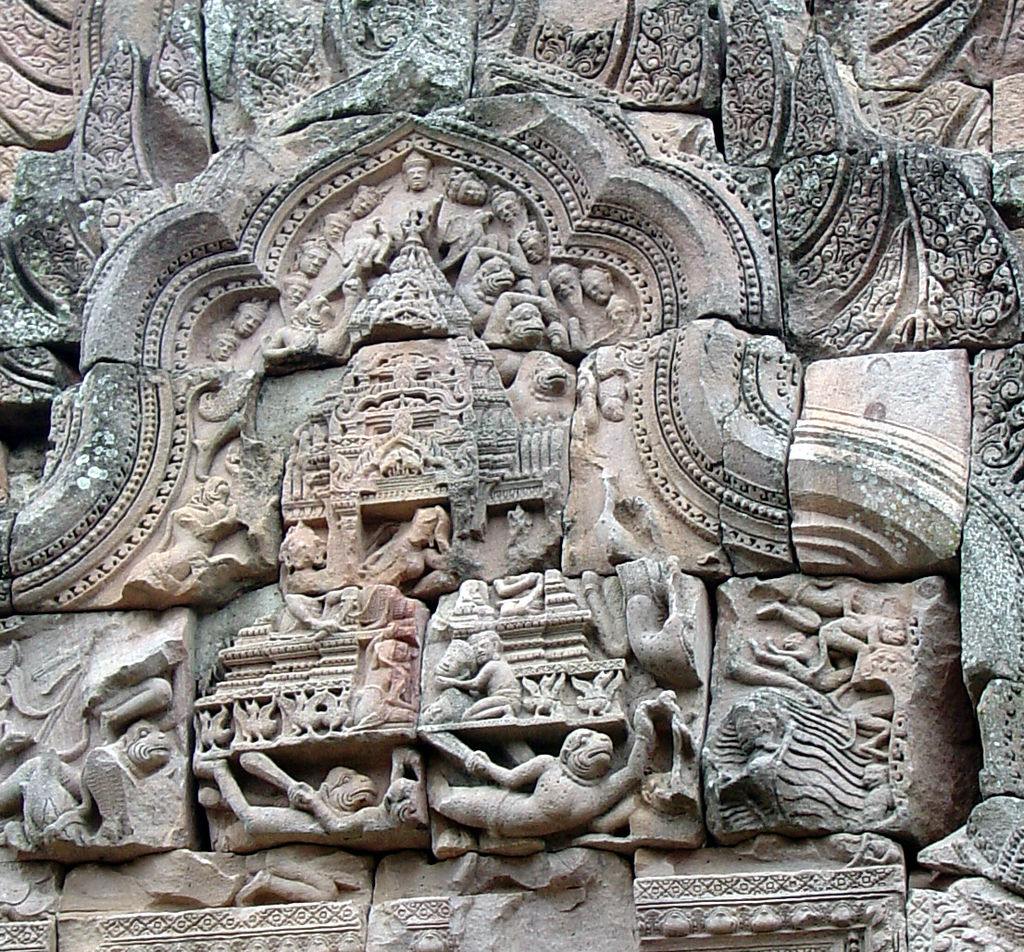|
Mention of flying machines can be found in more than 20 ancient texts of India, compiled, in the opinion of most Indologist scholars, no later than 2500 B.C. "Mystery creates wonder and wonder is the basis of man's desire to understand." Neil Armstrong Srirangam is a town, where the Ranganathhaswamy temple complex, dedicated to Lord Vishnu, is situated. The shrine is highly respected by the followers of Vishnuism and is considered to be the most important of the 108 Vishnu temples in India. The temple of Srirangam is very ancient and contains many age-old secrets. In 2015 an underground cavity was discovered there and experts confirmed its authenticity. Shortly after opening, the mysterious vault was closed and sealed. Why? Construction workers revealed some shocking facts about this finding: the underground vault contained a 3-meter tall metallic Vimana, a flying machine, considered to be a myth by a great number of people. So, are workers making this story up or do vimanas truly exist? The records of flying machines in ancient texts of India are dated no later than 2500 B.C. The earliest of these records can be found in the Vedas. The ancient authors have pointed out the exact technical characteristics of the mysterious flying apparatuses: a three-story triangular machine with two wings and three wheels was made of several types of metal and used liquids called madhu, race, and anna. Analyzing this and other Sanskrit texts, Professor D.K. Kanjilal, the author of The Vimana in Ancient India (1985), came to the conclusion that race stands for mercury, madhu means alcohol made from honey or fruit juice, anna is a fermented rice alcohol or a vegetable oil. Sacred writing texts describe vimanas of a different kind and size named after different animals. They were flown by the gods or mortals. Many references to the flying mechanisms (vimana and agnihotra) are found in "Mahabharata" and "Ramayana", two Sanskrit epics. Both poems describe in detail the form, image, and shape of the flying objects: "made of iron, smooth and shiny"; "double-deck round ships with holes and a dome"; "with sparkling red flame," which "rose skyward, to where both the Sun and the Stars are simultaneously visible." More precise information about the vimanas is contained in the book "Vimanika Sastra", (translated from Sanskrit - "The Science of the Vimanas"). According to some information, "Vimanika Sastra" was compiled in IV century B.C. by the Wiseman Maharshi Bharadwaja, who used very ancient texts as sources. It was originally published in 1943. Later, it was translated into English by the Director of the International Academy of Sanskrit Studies in Mysore (India), G. R. Josyer. The "Vimanika Sastra" contains numerous references to the works of 97 ancient scientists and experts on the construction and operation of flying apparatuses, material science, and meteorology. In the opinion of Dr. R.L. Thompson from the Bhaktivedanta Institute in Florida, USA, these instructions have a lot of parallels with eyewitness accounts of the peculiarities of UFO behavior. Different scholars of the Sanskrit texts suggests Vimanika Sastra contains Vedic terms and ideas that can be authentic. In turn, the authenticity of the Vedas, the Mahabharata, the Ramayana, and other ancient Sanskrit texts, in which vimanas are mentioned, can’t be doubted by anyone. Photo credits: wikipedia.org
1 Comment
|
AuthorPhoenix Voyagers Archives
January 2023
Categories |
|




 RSS Feed
RSS Feed




